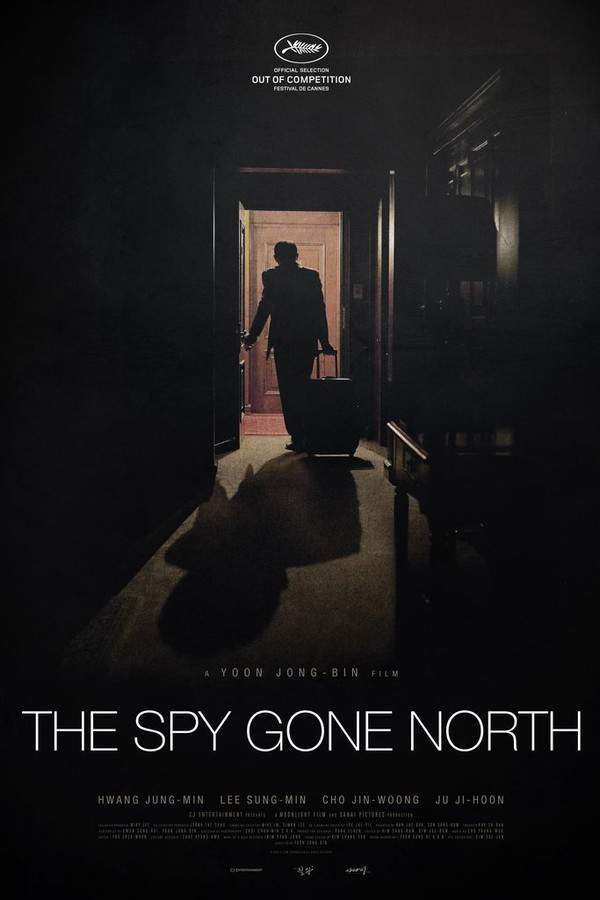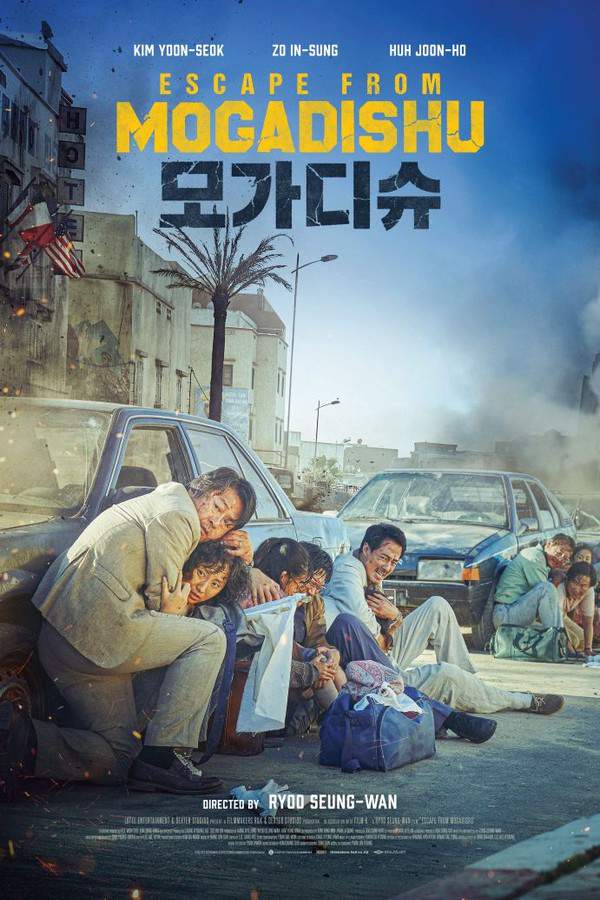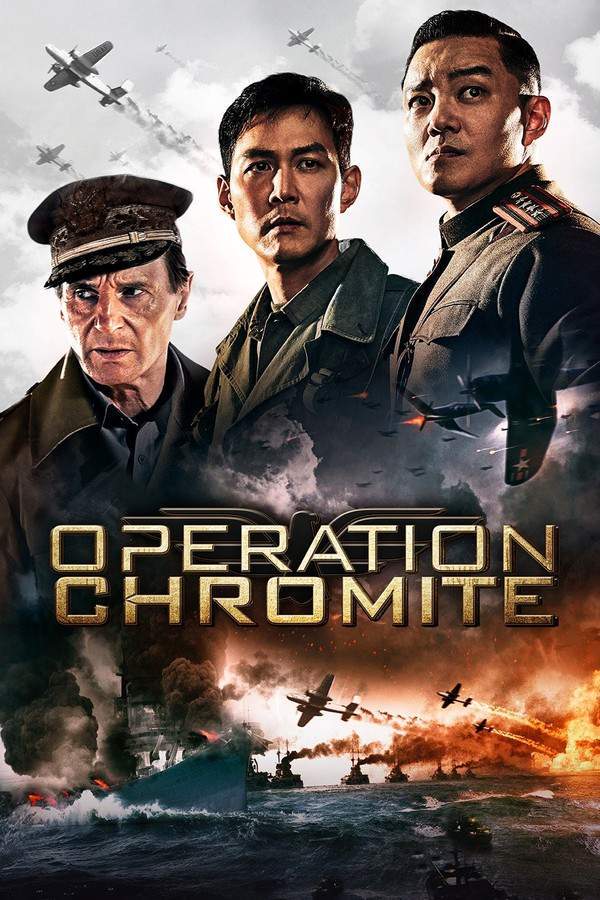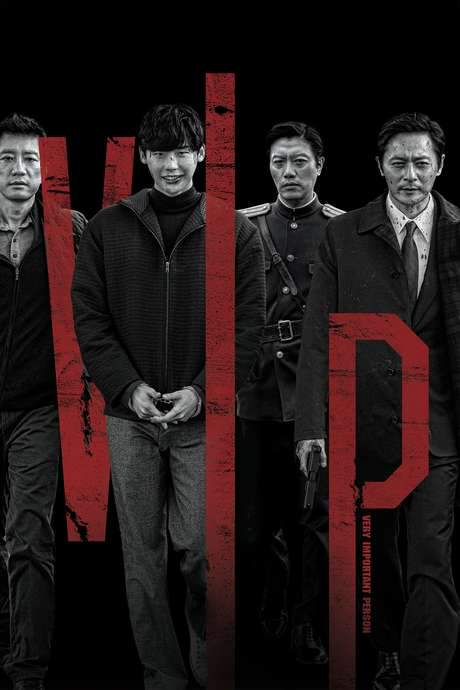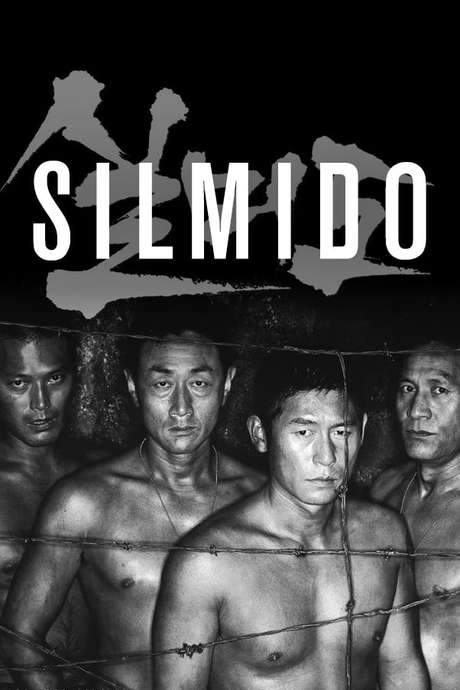
Silmido
Year: 2003
Runtime: 135 mins
Language: Korean
Director: Kang Woo-suk
In January 1968, thirty‑one North Korean commandos entered South Korea in a failed plot to assassinate President Park Chung‑hee. The South Korean army recruited thirty‑one convicted criminals on Silmido Island, training them for a suicide mission to kill Kim Il‑sung and regain honor. The mission is cancelled, leaving the men stranded. The film references a 1970s military uprising.
Warning: spoilers below!
Haven’t seen Silmido yet? This summary contains major spoilers. Bookmark the page, watch the movie, and come back for the full breakdown. If you're ready, scroll on and relive the story!
Silmido (2003) – Full Plot Summary & Ending Explained
Read the complete plot breakdown of Silmido (2003), including all key story events, major twists, and the ending explained in detail. Discover what really happened—and what it all means.
On 21 January 1968, 31 North Korean commandos from Unit 124 infiltrated South Korea in a failed mission to assassinate President Park Chung Hee. In response, the Republic of Korea Armed Forces assemble a shadowy group of 31 social outcasts, including criminals on death row and life imprisonment, drawing them into a plan designed to strike at the North from the South’s own soil. This unlikely unit is designated Unit 684, a name that will come to symbolize both desperate courage and the perilous costs of extreme loyalty. The recruits are transported to the isolated island of Silmido, where the promise of redemption and a new life becomes their only compass as they begin an arduous and often brutal training regime.
The training unfolds as a relentless gauntlet, testing bodies and spirits alike. They endure grueling physical workouts, punishing drills, and harsh discipline that leaves little room for error or hesitation. The instructors push them to the edge, and the recruits press back with stubborn resolve, clinging to the idea that this brutal path could be the difference between a future of obscurity and a chance at freedom. Some moments are starkly brutal, including acts of branding and accidents that underscore the thin line between discipline and cruelty. The toll isn’t just physical: the sense of identity frays as each man confronts the urge to give up or betray the unit’s shared mission. One recruit pays the ultimate price during a dangerous ropes course when tragedy cuts through the camp.
After months of conditioning, the unit is sent to North Korea with the aim of carrying out the covert operation that could reshape their fates. Yet the mission is abruptly recalled when the government pivots toward a policy of peaceful reconciliation with the North. The sense of purpose that had sustained them frays as they return to Silmido, discouraged and embittered by the reversal of fortune. The retreat into a shadowed existence leaves the men vulnerable to frustration and anger, and tensions simmer beneath the surface of the disciplined façade they once wore so firmly. In the wake of this disappointment, two members seize an opportunity to escape from the barracks. Their actions take a dark turn as they rape a female doctor, a brutality quickly discovered and judged by the camp as a fatal blow to the unit’s integrity. The escapees are confronted, and a violent chain of retaliation unfolds: one of the escapees is killed, and the other is driven to a suicide pact that is never fulfilled when the guard seizes the moment to intervene. In the aftermath, a tense scene unfolds where a guard, wounded and enraged, is killed by a fellow unit member who seizes a weapon in a moment of rage, highlighting how quickly personal honor can collide with collective duty.
What follows is a chilling, calculated decision by the South Korean Central Intelligence Agency to erase Unit 684 from the record entirely. The order is stark: the entire unit must be eliminated to prevent any chance that the mission could be traced back to official channels or reinterpreted as a heroic spy operation. The unit’s commander, torn between his professional duty and a sense of personal honor, defies the order in a calculated act of disclosure. He leaks information to one of the Unit 684 members, a move that crystallizes the sense of impending danger and betrayal that already hangs over their heads. With the truth hanging in the balance, the unit reads the writing on the wall and realizes they are marked men, fated to be killed in a nighttime purge that would erase them from history.
In the resulting narrative of mutiny and escape, the majority of Unit 684 retaliate against the guards and seize control in a desperate bid for freedom. They learn a stark truth: legally they do not exist, and they would never receive recognition for their mission—nor even be permitted to return to civilian life—if their plan ever came to light. This realization hardens their resolve to escape the island and tell their story to the world. They seize a bus carrying civilians and propel themselves toward Seoul, a dramatic and dangerous journey that culminates in a publicized confrontation. A radio announcement dubs them “armed communist agents,” triggering a state of emergency as they push through an army roadblock and engage in a firefight that leaves both sides bloodied and the city’s nerves frayed. The bus becomes a battlefield, and the civilians on board become unintended collateral in a struggle that reflects the broader costs of clandestine operations and wartime politics.
As the confrontation unfolds, the surviving Unit 684 members choose to release the civilian hostages, a decision born of a mix of pragmatism and a dawning recognition of what innocence they have already harmed. The remaining combatants then seal their fates with suicide by hand grenades, a grim act that marks the end of an extraordinary, controversial mission. In the aftermath, an official investigation is conducted, but the report is never read by the public or fully acknowledged by the state; it is quietly filed away, a silent testament to the complexities and cover-ups that often accompany high-stakes covert operations.
This tale, rooted in real historical tensions, traverses themes of redemption, loyalty, and the moral fractures that arise when a nation balances national security against the humanity of those who volunteer—or are coerced—to be its last line of defense. It offers a stark meditation on how a government’s past decisions can reverberate through the lives of men who believed they were stepping into a brighter future, only to discover that the path they chose was built on shadows, secrecy, and sacrifice.
Last Updated: October 09, 2025 at 15:21
Unlock the Full Story of Silmido
Don't stop at just watching — explore Silmido in full detail. From the complete plot summary and scene-by-scene timeline to character breakdowns, thematic analysis, and a deep dive into the ending — every page helps you truly understand what Silmido is all about. Plus, discover what's next after the movie.
Silmido Timeline
Track the full timeline of Silmido with every major event arranged chronologically. Perfect for decoding non-linear storytelling, flashbacks, or parallel narratives with a clear scene-by-scene breakdown.

Characters, Settings & Themes in Silmido
Discover the characters, locations, and core themes that shape Silmido. Get insights into symbolic elements, setting significance, and deeper narrative meaning — ideal for thematic analysis and movie breakdowns.

Similar Movies to Silmido
Discover movies like Silmido that share similar genres, themes, and storytelling elements. Whether you’re drawn to the atmosphere, character arcs, or plot structure, these curated recommendations will help you explore more films you’ll love.
Explore More About Movie Silmido
Silmido (2003) Scene-by-Scene Movie Timeline
Silmido (2003) Movie Characters, Themes & Settings
Silmido (2003) Spoiler-Free Summary & Key Flow
Movies Like Silmido – Similar Titles You’ll Enjoy
The Spy Gone North (2018) Full Movie Breakdown
Escape from Mogadishu (2021) Ending Explained & Film Insights
Operation Chromite (2016) Film Overview & Timeline
Kimjongilia (2010) Complete Plot Breakdown
The President's Last Bang (2005) Detailed Story Recap
V.I.P. (2017) Ending Explained & Film Insights
Illang: The Wolf Brigade (2018) Detailed Story Recap
Joint Security Area (2000) Detailed Story Recap
KT (2002) Detailed Story Recap
1987: When the Day Comes (2017) Full Movie Breakdown
Battle of Jangsari (2019) Ending Explained & Film Insights
Welcome to Dongmakgol (2005) Detailed Story Recap
Sandglass (1000) Full Movie Breakdown
A Hill in Korea (1956) Plot Summary & Ending Explained
Shiri (1999) Film Overview & Timeline



